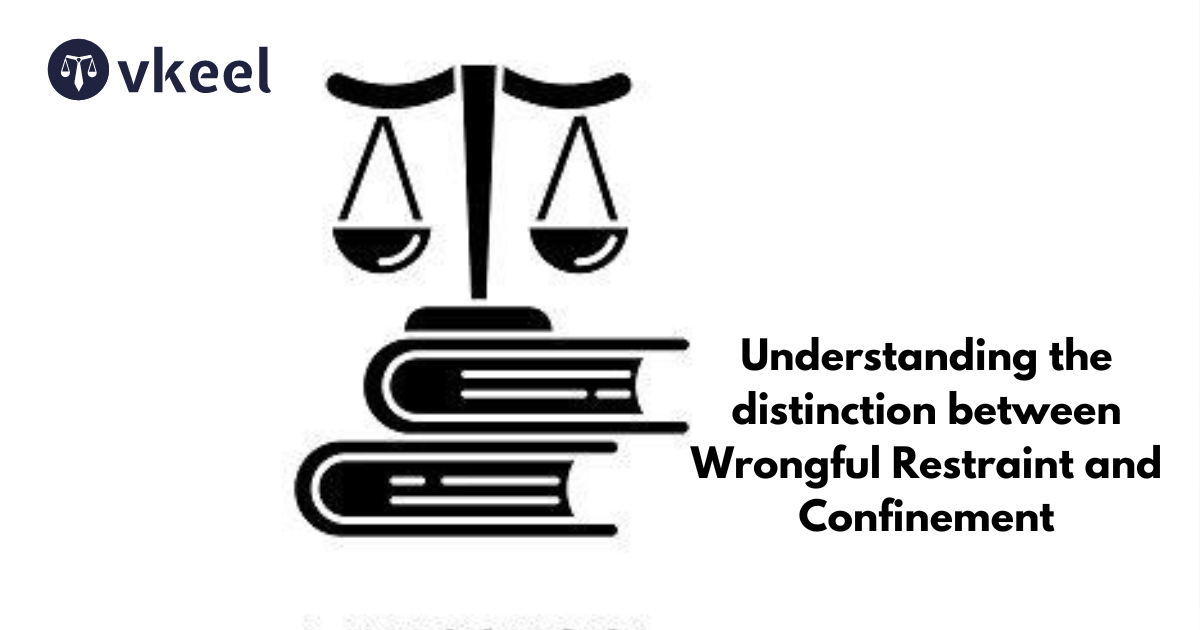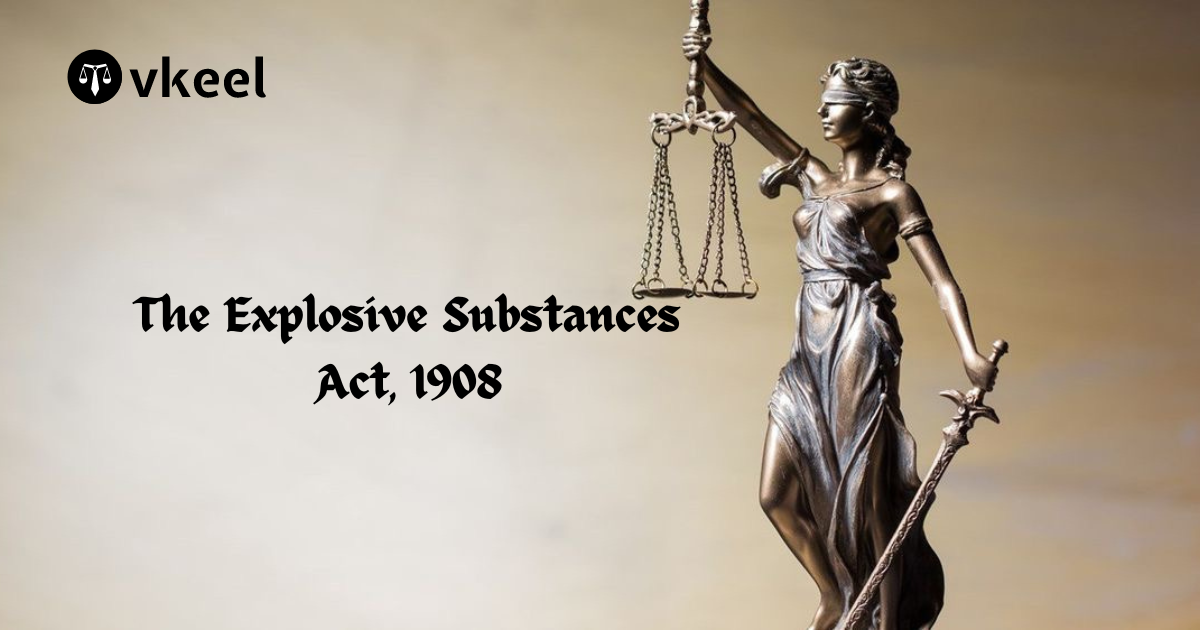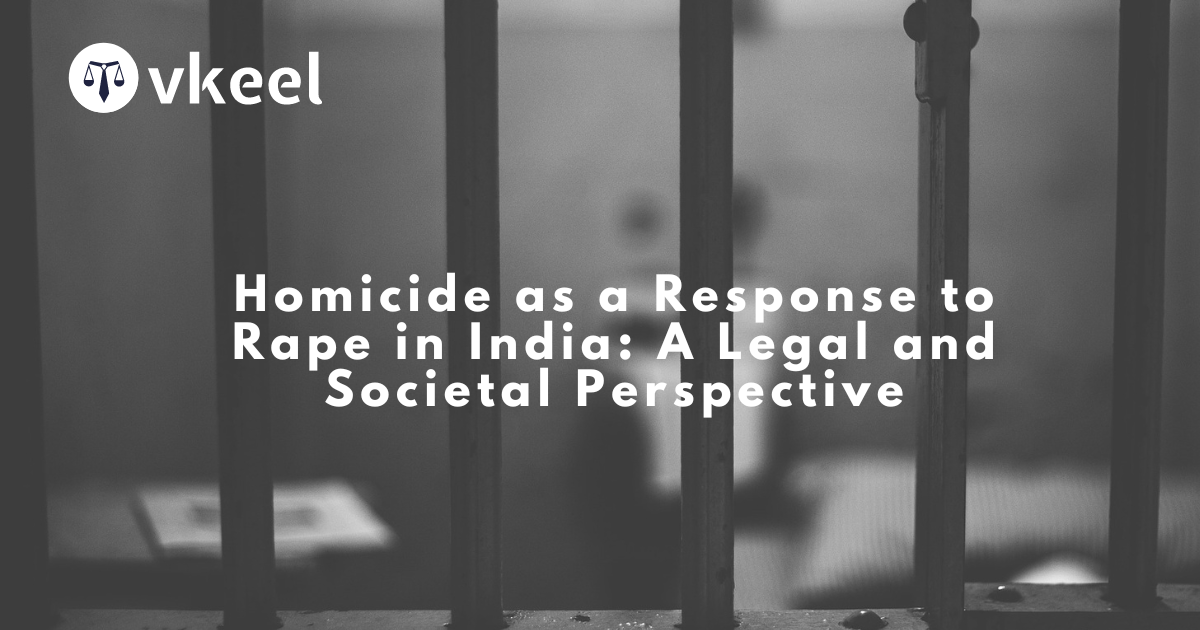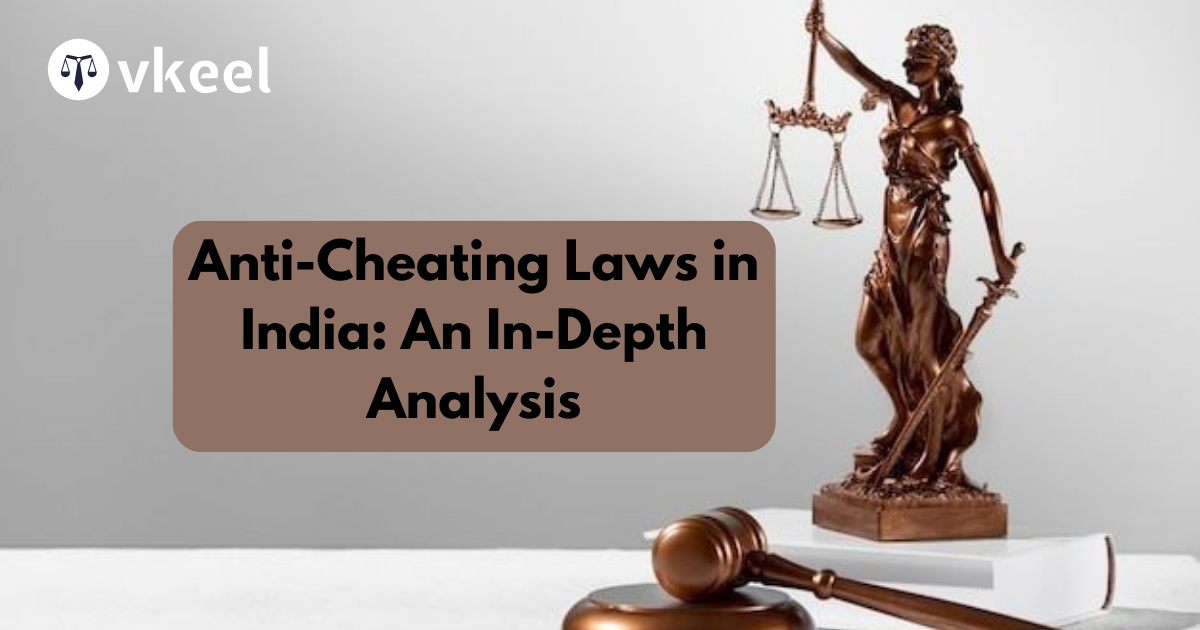Understanding the Distinction between Wrongful Restraint and Confinement
By Joy Puri
Table of Contents
Introduction
The history of wrongful restraint and confinement is deeply rooted and can be easily traced in human societies, reflecting the misuse of power and systemic injustices across different eras.
From ancient times to the present day, the individuals and groups have been the victims of being wrongfully imprisoned or confined for a variety of reasons, often due to political, social, or economic and clandestine motives of the culprits.
Talking about the ancient civilizations like Greece and Rome, wrongful imprisonment was common practice in their society. Slavery, political dissent, and debt often led to unjust confinement in the state. Political enemies and prisoners of war were frequently subjected to inhumane conditions thereof by the individuals or the state authority.
In the same way, in medieval Europe, feudal lords and the Church wielded immense power, resulting in the wrongful confinement of serfs, heretics, and political adversaries of the society.
What is Wrongful Restraint ?
Wrongful restraint in the perspective of criminal law, refers to the unlawful restriction of a person’s freedom to move from one place to another and the wilful limitation thereof. It is a violation of an individual’s right to liberty and is addressed under various legal systems globally around the world.
In the Indian Penal Code, wrongful restraint is defined under Section 339, which states that a person is said to commit wrongful restraint when they voluntarily obstruct another person to prevent them from proceeding in any direction in which they have a right to proceed. The exception herein, lies in the fact that the person so causing obstruction believed to be the rightful person to cause the obstruction thereof.
The key elements of wrongful restraint include the very element of voluntary obstruction of an individual and the prevention of their movement in a direction where they have a lawful right to go or move.
The obstruction caused does not necessarily have to involve physical barriers; it can also involve the use of threats, intimidation, or deceit in the mind of the former. The intent behind the obstruction is crucial; it must be deliberate and not accidental in nature.
Wrongful restraint is seen as a criminal offense by the law, because it infringes on an individual’s personal liberty by the causing of obstruction. The right to move freely is a fundamental human right, and any unlawful restriction on this freedom is punishable under the law at its very existence. The punishment for wrongful restraint as described in the Indian Penal Code is stipulated as 1 month of imprisonment or a fine of Rs 500.
What is Wrongful Confinement ?
Wrongful confinement is generally deciphered as a legal concept referring to the unlawful restriction of an individual’s freedom of movement, which in degree is higher than wrongful confinement. It occurs when a person is restrained or imprisoned without legal justification or any reasonable reason.
This confinement can happen through physical force, threats, or other means that prevent the individual from leaving a specific location. Wrongful confinement is a violation of personal liberty and is considered a serious offense in many legal systems around the globe.
The essence of wrongful confinement lies in the deprivation of one’s right to move freely and that too in all the directions. This right is fundamental to human dignity and autonomy, and its violation is viewed as a significant infringement on personal freedom thereof. The confinement must be intentional and without the consent of the person confined. If the individual is restrained within boundaries set by the confiner, and is unable to leave those boundaries, it constitutes wrongful confinement on the part of the wrongdoer.
Section 340 describes wrongful confinement as wrongfully restraining any person in such a manner as to prevent that person from proceeding beyond certain circumscribing limits. Section 342 prescribes punishment for wrongful confinement, which can include imprisonment for a description of a term or/and fines.
To establish a case of wrongful confinement, certain elements are essentials and must be proven. These include the intention to confine, actual confinement, and the absence of legal justification for the confinement thereof.
The intention is crucial as it distinguishes wrongful confinement from mere accidental restraint in the legal saga. Actual confinement means the person must be restrained within fixed boundaries, either physical or implied means.
Main Distinction between the Two
The essence or the crux of the distinction lies in the very fact that, if referred to Wrongful Restraint, the boundations are limited in nature and one or the other way is kept opened, while if we move on to the concept of wrongful confinement, the restraint so caused is from all the boundaries. What one can state out of this is that, all wrongful Confinements are wrongful restraints, but not vice versa.
In the case of wrongful confinement the time period is immaterial to fact but it becomes material while determining the punishment thereof.
Taking the real example of the case,
S.A. Aziz vs Pasam Haribabu and another 2003 6 Cri.L.j. 2462
In the aforementioned case, the police officer in charge of the duty arrested a person in execution of non bailable warrant but had kept him under detention for a week and then produced him before magistrate of the entitled jurisdiction.
The court of law in the present case state that the police officer is guilty for the offence of wrongful confinement under the section 343 of the Indian Penal Code and thereby the court enumerated, that use of physical force is not necessary for the offence of wrongful confinement.
Conclusion
The punishment for wrongful restraint and confinement can without any doubt contribute to the betterment of laws by reinforcing the legal boundaries and ensuring justice in the country thereof.
When such offenses are strictly penalized by the statutes, it acts as a deterrent against the miscreants, discouraging individuals and entities from engaging in these unlawful acts. This not only upholds individual freedom of the individuals, but also maintains public trust in the legal system and the nation.
In furtherance to the antecedent claims, the process of adjudicating of these cases often brings to light systemic issues or ambiguities within existing laws in the country. This can prompt legislative bodies to refine legal definitions, streamline procedures, and enhance protections against such offenses thereof.
Moreover, high-profile cases and their outcomes can raise public awareness about these issues, thereby building a more informed and vigilant society in the nation.
Disclaimer:
The information provided in the article is for general informational purposes only, and is not intended to constitute legal advice or to be relied upon as a substitute for legal advice. Furthermore, any information contained in the article is not guaranteed to be current, complete or accurate. If you require legal advice or representation, you should contact an attorney or law firm directly. We are not responsible for any damages resulting from any reliance on the content of this website.







